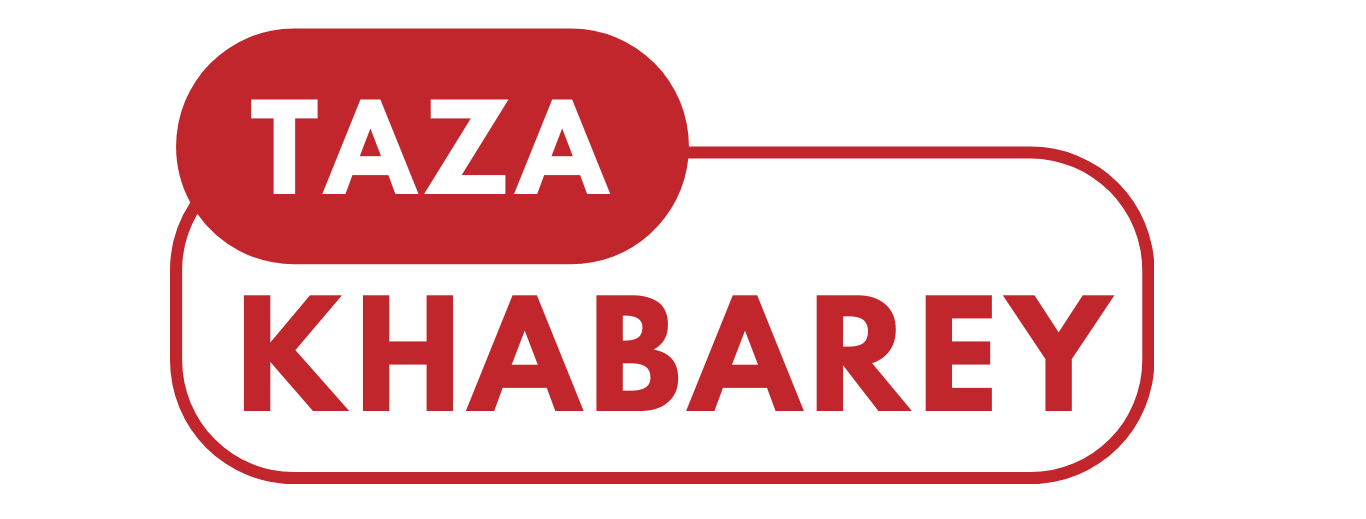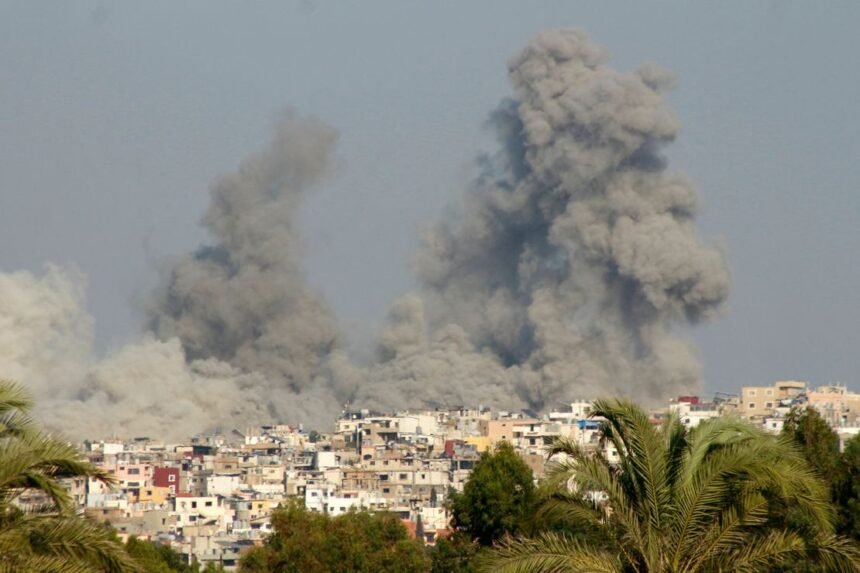The ongoing conflict between Israel and Hezbollah in southern Lebanon intensified on Wednesday, as eight Israeli soldiers were reported killed in combat operations. This marked the first major loss of Israeli military personnel since the launch of their ground offensive across the Lebanese border. The conflict has escalated rapidly, with Hezbollah fighters engaging Israeli forces, and both sides suffering casualties. The situation is a critical moment in the long-standing tension between Israel and the Iran-backed Hezbollah, raising concerns of a broader regional conflict.
The Start of the Offensive
Israel’s ground operations in Lebanon began with the objective of targeting Hezbollah strongholds near the southern border. The Israel Defense Forces (IDF) crossed into Lebanese territory with the intent of dismantling the infrastructure and military capabilities of the group, which Israel views as a direct threat. This operation followed a period of increased airstrikes and shelling by Israel on Hezbollah positions in southern Lebanon.
Hezbollah, known for its resilience and guerrilla warfare tactics, quickly responded with counterattacks, clashing with Israeli troops near the border village of Adaysseh. While the IDF initially claimed to have made significant progress in neutralizing Hezbollah’s positions, the combat soon became more intense, leading to Israeli losses.
Also Read: Generative AI : Revolutionizing Creativity and Technology
Israeli Soldiers Killed in Action
On Wednesday, Israel faced its first combat fatalities in this ground operation. The IDF confirmed that Captain Eitan Itzhak Oster, aged 22, was killed during combat in Lebanon. Oster’s death marked the first Israeli combat loss since the offensive began. Later, the Israeli military announced that seven more soldiers had been killed in action, bringing the total to eight soldiers lost that day.
The deaths of these soldiers highlight the fierce resistance Israel has encountered from Hezbollah fighters, who have long prepared for such confrontations. Israeli military officials described the situation as “highly challenging,” with Hezbollah forces employing hit-and-run tactics and using the difficult terrain to their advantage.
Hezbollah’s Response
Hezbollah, which has significant influence in southern Lebanon, quickly mobilized its fighters to confront the Israeli incursion. The group released statements saying that its forces were actively engaging Israeli soldiers and had repelled some initial attempts to enter Lebanese territory. Hezbollah claimed to have forced Israeli soldiers to withdraw from certain areas, including the village of Adaysseh.
Hezbollah’s spokesman, Mohammad Afif, made it clear that the group was fully prepar for a prolonged confrontation, stating, “The resistance in the south is at its highest level of readiness.” Afif’s words reflect Hezbollah’s determination to defend its positions in southern Lebanon, even as Israel continues to ramp up its military efforts.
Breaches of the Blue Line
As the fighting intensified, both sides accused each other of violating the Blue Line, the demarcation line that separates Israel from Lebanon. The Lebanese army reported that Israeli forces had breached the Blue Line in two areas, advancing approximately 400 meters into Lebanese territory before withdrawing. This brief breach further fueled tensions, as both nations closely monitor movements along this highly sensitive border.
The Israeli army, meanwhile, called for the evacuation of additional areas in southern Lebanon, urging residents of more than 20 villages and towns to leave. This call for evacuation underscores the intensity of the conflict and the potential for further escalation as Israeli ground forces press their offensive against Hezbollah.
Hezbollah’s Resilience and Iran’s Role
Hezbollah’s ability to engage Israeli forces so effectively is no surprise, given the group’s extensive military training and resources. With financial and military support from Iran, Hezbollah has built a formidable arsenal of missiles, drones, and other weaponry. Over the years, it has honed its tactics, particularly in guerrilla warfare, making it a challenging adversary for the Israeli military.
Iran’s role in this conflict cannot be ignored. As Hezbollah’s primary backer, Iran provides the group with the financial and military resources necessary to sustain its operations. The conflict in southern Lebanon is seen by many as part of a broader power struggle between Israel and Iran, with Hezbollah serving as a proxy for Tehran’s interests in the region. Israel has long viewed Iran’s influence in Lebanon, through Hezbollah, as a direct threat to its security, and this ongoing conflict is a manifestation of that tension.
The Impact on Civilians
As is often the case in such conflicts, civilians are paying a heavy price. The Israeli military’s call for evacuations in southern Lebanon is a clear indication of the potential for increased military action in the region. Thousands of Lebanese civilians have been displac by the fighting, seeking refuge in safer areas further north. At the same time, residents in northern Israel live under the constant threat of Hezbollah’s rocket attacks, leading to a tense and precarious situation on both sides of the border.
Humanitarian organizations have expressed concern about the impact of the conflict on civilians, particularly in terms of access to basic services like food, water, and medical care. The displacement of large numbers of people, combined with the destruction of infrastructure in southern Lebanon, has created a humanitarian crisis that is likely to worsen as the conflict continues.
Escalation and the Future of the Conflict
The events of the past few days suggest that this conflict between Israel and Hezbollah is far from over. The deaths of Israeli soldiers and the intense fighting in southern Lebanon have only hardened the resolve of both sides. Hezbollah, emboldened by its ability to resist the Israeli offensive, shows no signs of backing down, while Israel remains determined to weaken the group’s military capabilities.
What remains uncertain is how far this conflict will escalate. The involvement of Iran, Hezbollah’s patron, adds a layer of complexity to the situation. Should Iran decide to increase its support for Hezbollah, the conflict could quickly spread beyond the borders of Lebanon and Israel, drawing in other regional players and leading to a much broader and more dangerous confrontation.
Also Read: Israel’s Tiered Missile Defense Systems: A Shield Against the Iranian Arsenal
Conclusion
The ground offensive by Israel in southern Lebanon marks a significant escalation in the ongoing conflict between Israel and Hezbollah. With eight Israeli soldiers killed in action, the stakes have risen dramatically, and both sides are preparing for a prolonged battle. As civilians in southern Lebanon and northern Israel bear the brunt of the violence, the international community watches closely, fearing that this could be the beginning of a larger regional conflict. The coming days and weeks will be critical in determining the future of this volatile situation, as Israel and Hezbollah continue their fight for dominance in the region.





